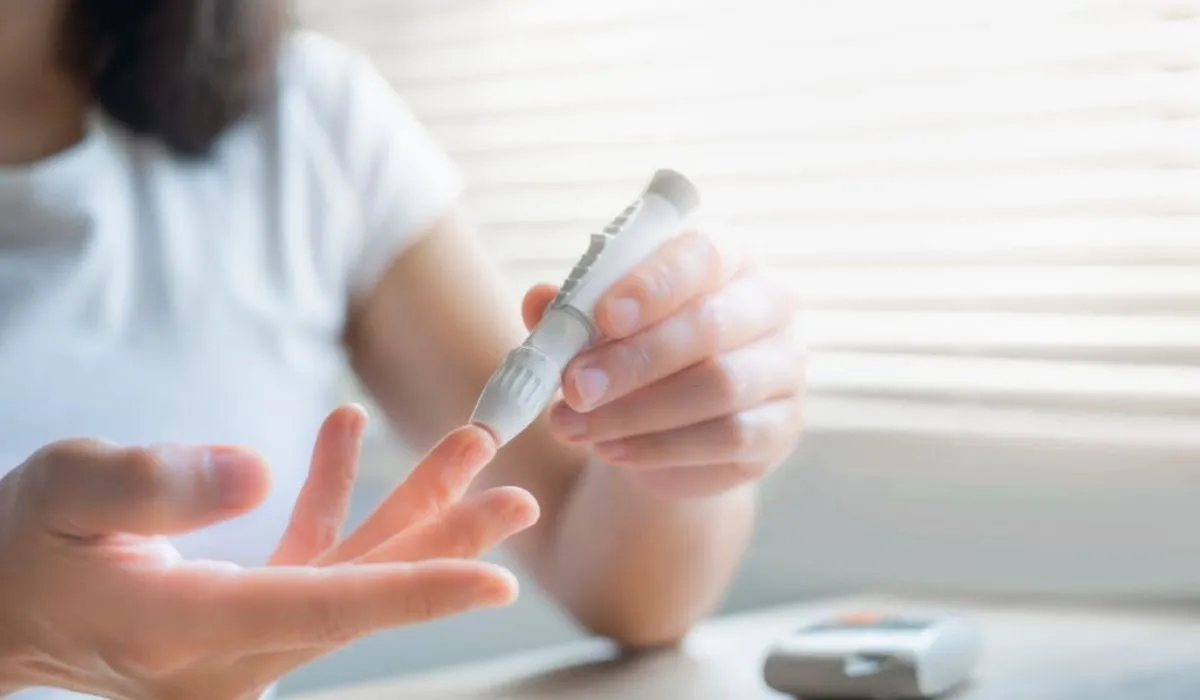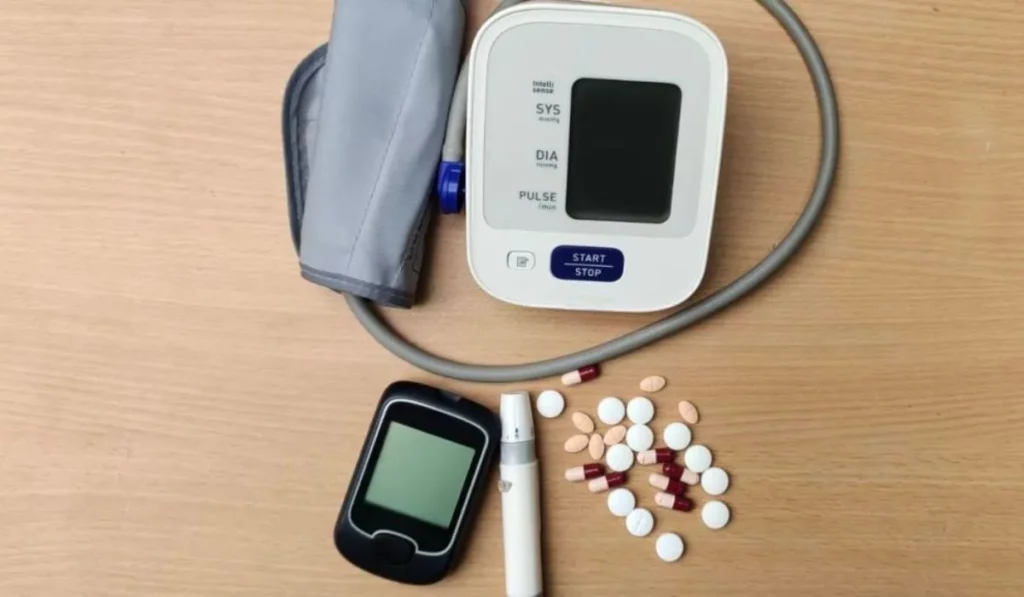Health
How To Treat A Person With Low Blood Sugar?: Your Guide to Effective Assistance

Hypoglycemia, also called low blood sugar, is a condition where blood glucose levels fall below normal ranges. It is common in people with diabetes taking insulin or other glucose-lowering medications. Recognizing symptoms early and promptly taking action to raise blood sugar levels is vital to effectively treat a person with low blood sugar and prevent complications.
This article will discuss hypoglycemia signs, emergency management steps, prevention methods, and tips for maintaining healthy blood glucose levels.
Recognizing Low Blood Sugar Symptoms
Being aware of common hypoglycemia signs and symptoms is critical for being able to quickly treat a person with low blood sugar. Early symptoms include tremor, shakiness, nausea, headache, irritability, confusion, dizziness, rapid heartbeat, sweating, and hunger. If left untreated, more severe symptoms can develop such as blurred vision, weakness, seizures, loss of consciousness, and even death.
Recognizing personal warning symptoms rapidly, checking blood sugar frequently, and taking fast corrective action helps treat a person with low blood sugar early before it escalates into a dangerous situation.
Immediate Steps to Treat Low Blood Sugar
When hypoglycemia symptoms occur, it is important to rapidly raise blood sugar levels to treat a person with low blood sugar. Consuming 15 grams of fast-acting carbohydrates like fruit juice, regular soda, glucose tablets or gels is a common emergency recommendation to treat a person with low blood sugar.
Hard candies or sugar packets can also work when you need to urgently treat a person with very low blood sugar. Wait 15 minutes after carbohydrate intake and recheck blood sugar, repeating the carbohydrate treatment if it remains low. If the person is unable to swallow safely, glucagon injections are the standard emergency treatment to raise blood sugar in someone with severe hypoglycemia.
Monitoring Blood Sugar Levels
Checking blood glucose levels frequently and routinely allows early detection of hypoglycemia. Those using insulin or oral diabetes medications should discuss recommended testing frequency and optimal target ranges with their healthcare provider.
Testing before, during and after exercise, before driving, before bedtime, and any time symptoms are suspected provides useful data points for effectively monitoring blood sugar and promptly catching and treating a person with low blood sugar when necessary. Keeping detailed records enables providers to adjust medications to prevent recurrent hypoglycemic episodes requiring emergency treatment.
Carrying Emergency Supplies
Those prone to hypoglycemia should always carry fast-acting carbohydrate sources to be prepared to immediately treat a person with low blood sugar anytime, anywhere. Smart emergency supplies to have on hand include glucose tablets, candy, juice boxes, sugar packets or pre-filled glucagon kits.

A medical ID bracelet or necklace stating diabetes alerts others if help is needed when treating a person with low blood sugar. Having fast-acting carbohydrates readily available provides protection and the ability to urgently treat a person with hypoglycemia wherever you go before it becomes severe.
Lifestyle Tips for Stable Blood Sugar
Several lifestyle strategies help maintain optimal blood glucose ranges to avoid hypoglycemic dips requiring emergency treatment:
- Eat consistent carb amounts at meals and pair carbs with protein, fat and fiber
- Avoid long gaps without food
- Get regular physical activity and fuel properly before and after
- Manage stress through relaxing activities
- Prioritize high quality sleep
- Stay hydrated and limit alcohol intake
Making positive lifestyle choices empowers one to better stabilize blood sugar and potentially reduce hypoglycemia episodes needing urgent treatment.
Addressing Fear and Anxiety
Experiencing frequent hypoglycemic events can understandably create anxiety and fear of recurrences needing emergency treatment. Being prepared by carrying glucose sources, testing supplies and emergency contact information provides reassurance.
Talking through concerns and focusing on the positive actions taken to manage your health fosters empowerment beyond fear.
Conclusion
In summary, hypoglycemia is a common challenge requiring rapid emergency treatment in people with diabetes on glucose-lowering medications. Checking blood sugar routinely, always having fast-acting carbohydrates available, eating regular balanced meals, staying active, reducing stress, and getting adequate sleep helps avoid the need to urgently treat a person with low blood sugar.
